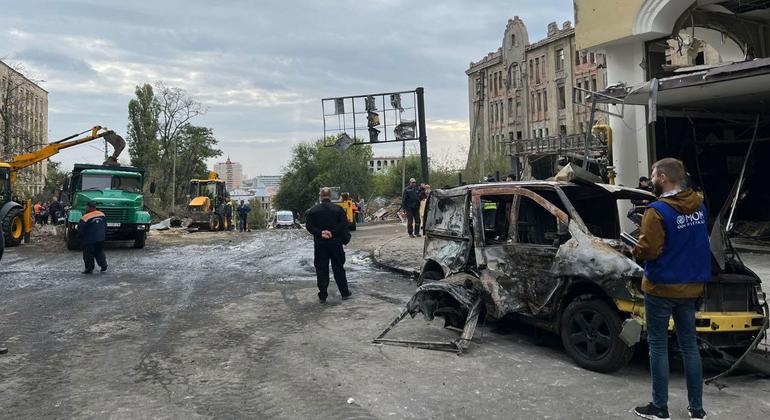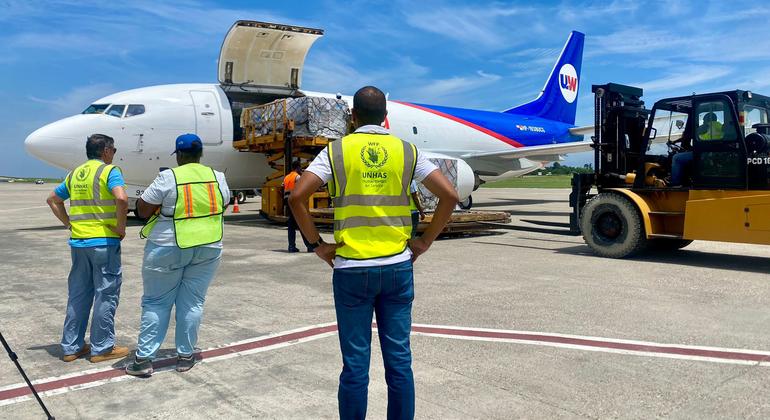One of the fundamental human rights is the right to the sexual use of one’s own body, without being subjected to humiliation for reasons of trafficking, prostitution, religious, political or war conflicts.
In March 2024, Sofi Oksanen, a Finnish author born in Jyväskylä in 1977, stated in her book “Twice in the same river” that her great-aunt was not born mute, but that she lost her voice at the beginning of the second Soviet occupation of Estonia, after being interrogated and tortured, after being savagely raped all night long, she never said anything but Yes, let me. She never married, never had children, never had a love affair. She lived as her mother until the end of her days…It’s not marginal, it’s not something that is happening once in a while: Russia has normalized sexual violence as a weapon of war in Ukraine.(1)
Amnesty International in March 23 issued a report in which its Secretary General Agnés Callamard commented: “Time and again, women suffer the worst consequences of the brutality of war. They are permanently on the front lines of conflict, as soldiers and combatants, doctors and nurses, volunteers, peace activists, caretakers of their communities and families, internally displaced persons, refugees and, all too often, victims and survivors… Russia’s full-scale invasion of Ukraine is no exception. Women are at greater risk of sexual and gender-based violence and serious health problems, yet they are forced to make life-and-death decisions for their families. At the same time, women are often excluded from decision-making processes, and their needs remain unmet and their rights unprotected.” (2)
In the same report, a Hispanic aid worker named Marina also commented that …sexual abuse is a serious problem for women. I received training, and we were told that there were cases in which [also] children, after evacuation, showed signs of having suffered sexual abuse.
In an interesting study by Diego Alberto Zapata Gonzales, Professor of Law at San Ignacio de Loyola University of Peru (USIL) and Stephani Violeta Paliza Obando, Licentiate in International Relations at the same University, entitled: Sexual Violence as an International Crime in the Russian-Ukrainian Conflict, 2014-2022, makes a detailed study of which crimes are committed in such conflicts and considering them as war crimes against vulnerable persons, citing some of the conclusions of the International Criminal Court.
Likewise, this study clearly cites a study by the United Nations High Commissioner for Human Rights (OHCHR) published on March 16, 2017, where 31 emblematic cases related to sexual assaults are specified. The study is entitled: Sexual Violence in Eastern Ukraine from 2014 to 2020: Crimea and Donbas.
Some of the findings of the study leave no room for doubt: Thus, during the period under study, Russian armed forces illegally confined large numbers of civilians of all ages, including local authorities, government personnel, veterans of the Ukrainian forces, volunteers and random civilians. The report identified that, Russian forces implemented long interrogation sessions, sometimes lasting days, which were mixed with threats, intimidation, ill-treatment, sexual violence and torture, in order to obtain information about Ukrainian forces and their positions, or to identify collaborators of Ukrainian forces, many of these acts were witnessed by children forced to witness these heinous crimes (Independent International Commission of Inquiry on Ukraine 2022, 14).
…Similarly, the Commission documented cases of rape against victims between the ages of 4 and 80 committed by Russian forces in territories under their control, these persons were assaulted in their own homes or abducted and raped in unoccupied dwellings, mostly involving torture, cruel and inhuman treatment, and even war crimes, and the Commission continues to investigate to determine the extent to which such crimes constitute widespread patterns (Independent International Commission of Inquiry on Ukraine 2022, 16). (3)
An article by EuroEFE (Euroactiv), also conducted in March 2023 and entitled: War rapes threaten women in occupied Ukraine, states that… Ukraine remains under threat from the use of rape as a weapon of war in the territories occupied by Russian forces in the east and south of the country, where the invading army is at large and could be repeating abuses like those Kiev has been discovering with the liberation of its territories.(4)
171 cases of sexual violence
In a report of the Prosecutor’s Office of the country, the case of 171 rapes occurred in a certain period of time. This document was made public in March 2023 by the Ukrainian First Lady Olama Zelenska. It included cases of women, children and men.
The difficulty of collecting cases, especially from some areas already completely controlled by the Russian army, is very difficult. It is believed by international organizations and NGOs that the cases of sexual assault are exponentially higher than those that have been collected. And returning to the Finnish writer who gave rise to this article, Sofi Oksanen, one could argue in her own words, published in this 2024, that …sexual violence traumatizes and tears apart families and entire communities, which is why it is such a popular instrument of conquest and why Russia continues to use it.
Can rape be planned as a weapon of war? For this writer, yes. She also argues that rape can become a tool for committing genocide. Many of the interviewees, victims of sexual assault, were told by Russian soldiers that they would continue to be raped until they no longer wanted to have sex with Ukrainian men or that they would be deprived of the desire to have children with these men. Words comparable to those of many Russian politicians when they claim that Ukraine is not a nation, that it is not a country, and that they do not even exist. When someone does not exist, they can certainly be exterminated without any problem. Another question is why the International Criminal Court does not initiate with the same haste a case against RUSSIA, as it is doing against Israel. Perhaps the sexual violations in Ukraine are only a lesser evil.
Bibliography:
(1) ABC, Culture, March 15, 2024, p. 42-43.
(2) https://www.amnesty.org/es/latest/news/2023/03/ukraine-women-face-grave-risks-as-russias-full-scale-invasion-enters-its-second-year/
(3) https://revista-estudios.revistas.deusto.es/article/view/2796/3453
(4) https://euroefe.euractiv.es/section/exteriores-y-defensa/news/las-violaciones-de-guerra-amenazan-a-las-mujeres-en-la-ucrania-ocupada/














